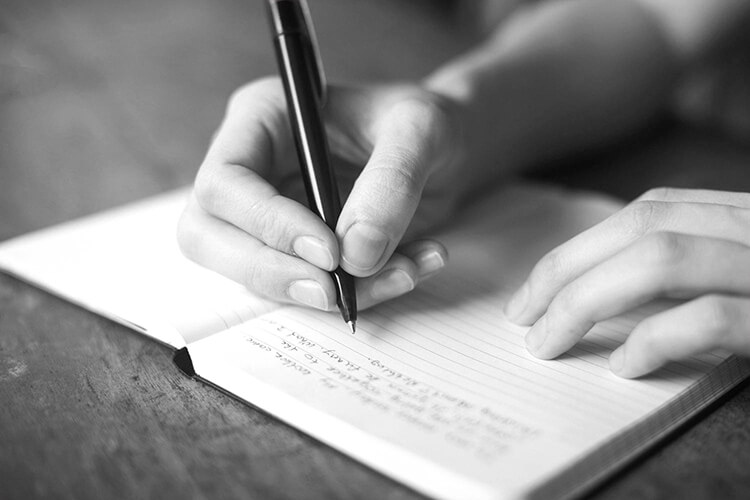If you’ve ever tried to write, you probably know it’s so much more than just words on a page. There’s the thought, the research, the editing. Like most creative things, it’s a journey.
“This is awesome. This is bad. Can I even write? This is better. This is awesome.”
It’s time-consuming, to say the very least.

Writing is like an iceberg. The words are just the part that you see. So much more goes into thinking and crafting a piece of content, than simply putting pen to paper – or fingers to keyboard.
In fact, it’s one of my favourite things about being a writer is all the subjects that I learn about. You see, if I’m asked to write copy about photography and I’m not a photographer, I have to research.
The same thing happens every time I get a new client. Unless it’s in a similar industry, I have to invest my time learning about it.
Writing is a process, and it begins by understanding what I’m going to write about.
The process, in its entirety, looks something like this:
- Researching
- The outline
- The first draft
- Leaving it overnight
- Finessing the second draft
- Client revisions
- The finished piece
The part of the iceberg that you can see is step 7 – the finished piece. But I can’t get to this part without going through steps 1-6.
The importance of the brief
I spend more time researching than I do writing, believe it or not. This is why the client’s brief is extremely important. It guides me in the right direction – instead of spending hours researching in the wrong places.
So what type of information do I need in the brief? Here’s what I look for in a brief.
Writing a project brief
If you can, try to include the following 10 points into your next project brief.
- A summary of the project
- Why we’re doing it
- Expected delivery time
- Budget
- Who we’re targeting
- Tone of voice
- Desired length
- Anything specific that needs to be included
- Barriers we’re trying to overcome
- Project coordinator’s details
Every project is different, so there’s always going to be coordination between the client and myself. But by following these steps when putting together your brief, you can reduce the amount of time the contractor spends getting their head around it.
I work with clients all the time that don’t have time to create a brief – so I organise a phone call and get all the information I need then. This can save you time and money – now and in the long run.
Get in touch with Digital Noir today, if you’re looking for a professional writer to get your message out.
